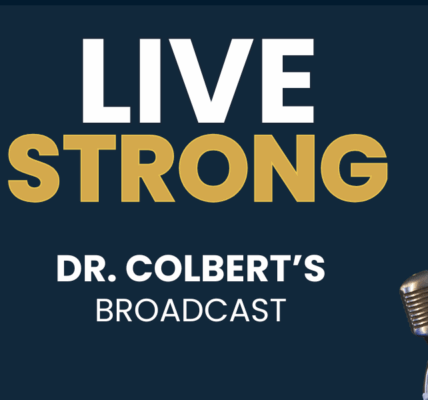low net carb vegetables
You must eat very low-carb to stay in the Keto Zone. And since the bulk of the diet is low carb vegetables and healthy fats, the types of veggies you eat matter.
Below are the absolute best keto vegetables to choose daily on a ketogenic diet, plus how to eat them.
Low Carb Keto Vegetables to Eat Daily
Although there are exceptions, a handy rule of thumb for most vegetables is:
- Keto Veggies grown above ground = low carb (like leafy greens)
- Keto Veggies grown underground = starchy and higher carb (like potatoes)
Here are the best low carb vegetables for keto with their net carbs per serving:
- Green olives: 10 small = 0.1g net carbs
- Spinach: 1 cup = 0.4g net carbs
- Romaine lettuce: 1 cup = 0.5g net carbs
- Butterhead lettuce: 1 cup shredded = 0.6g net carbs
- Kalamata olives: 5 olives = 1g net carbs
- Black olives: 10 small = 1.1g net carbs
- Iceberg lettuce: 1 cup shredded = 1.4g net carbs
- Cucumber: ½ cup slices = 1.6g net carbs
- Avocado: 1 full = 3.7g net carbs
- Eggplant: 1 cup cubed = 1.9g net carbs
- Asparagus: 6 spears = 2g net carbs
- Green beans: ½ cup = 2g net carbs
- Radishes: 1 cup slices = 2g net carbs
- Zucchini: 1 cup chopped = 2.8g net carbs
- Cauliflower: 1 cup = 2.8g net carbs
- Green cabbage: 1 cup chopped = 3g net carbs
- Broccoli: 1 cup chopped = 3.6g net carbs
- Brussels sprouts: 1 cup = 4.6g net carbs
- Red cabbage: 1 cup chopped = 4.7g net carbs
- Green bell pepper: 1 medium = 4.7g net carbs
- Kale: 1 cup chopped = 5.4g net carbs
- Red bell pepper: 1 medium = 6g net carbs
* Net carbs calculated from FatSecret.com.
Even though they’re technically fruits, tomatoes are also considered a good low carb vegetable. One medium tomato contains about 3.3g net carbs.
Remember that to stay in the Keto Zone, carbs should be kept at 20 grams or less per day. Most of those should come from vegetables combined with lots of healthy fats and moderate amounts of protein. Choosing the lowest carb veggies often will keep you within the carb limit.
Best Ways to Eat Your Low Carb Vegetables
Besides the carb amounts, how you prepare your low carb vegetables matters too. Here are the best ways to eat them:
- To maintain the most nutrients, eat your vegetables raw, lightly steamed, or blanched (plunged into boiling water for a minute or two before being removed quickly).
- If you want to cook them more, bake at 325-350F in the oven. This will still maintain much of the nutrients.
- Although slow cooking at lower temperatures is best, you can also saute vegetables. Just be sure to cook them in fats or oils with higher smoke points like coconut oil, grass-fed ghee, lard, or tallow. (See this Healthiest Oils guide for more on cooking with oils.)
low net carb vegetables- No matter how you prepare them, always eat your low carb vegetables with plenty of healthy fats, including avocado or avocado oil, olive oil, coconut oil, grass-fed butter, or low-carb nuts and seeds.
What If You Don’t Like Keto Vegetables?
If you’re not used to eating vegetables, especially the low carb ones, give it time. Find a tasty fat-based keto sauce or dressing to cover them in until you get used to them—which you will!
You can also supplement with Dr. Colbert’s Green Supremefood—which has all the nutrients you’d get from vegetables—especially on days you eat less of them. Just remember: there’s no substitute for real vegetables! Eat them as often as you can!









Are there supplements required for the Keto diet?
How does one start the Keto diet?
What do you recommend?
I have juiced almost everyday for 21 years. I miss that the most on my new keto journey. Does juicing the low carb veggies change the net carbs of my juice? I would drink 4 cups per day.
I’m not an expert at juicing, but it seems to me that when you juice, you’re extracting the juice and leaving the pulp (read: fiber) behind. Juicing low carb veggies may release some fiber into the juice, but probably not as much as you need and you’ll be getting the straight carbs without the fiber you need. Not an expert – just my opinion.